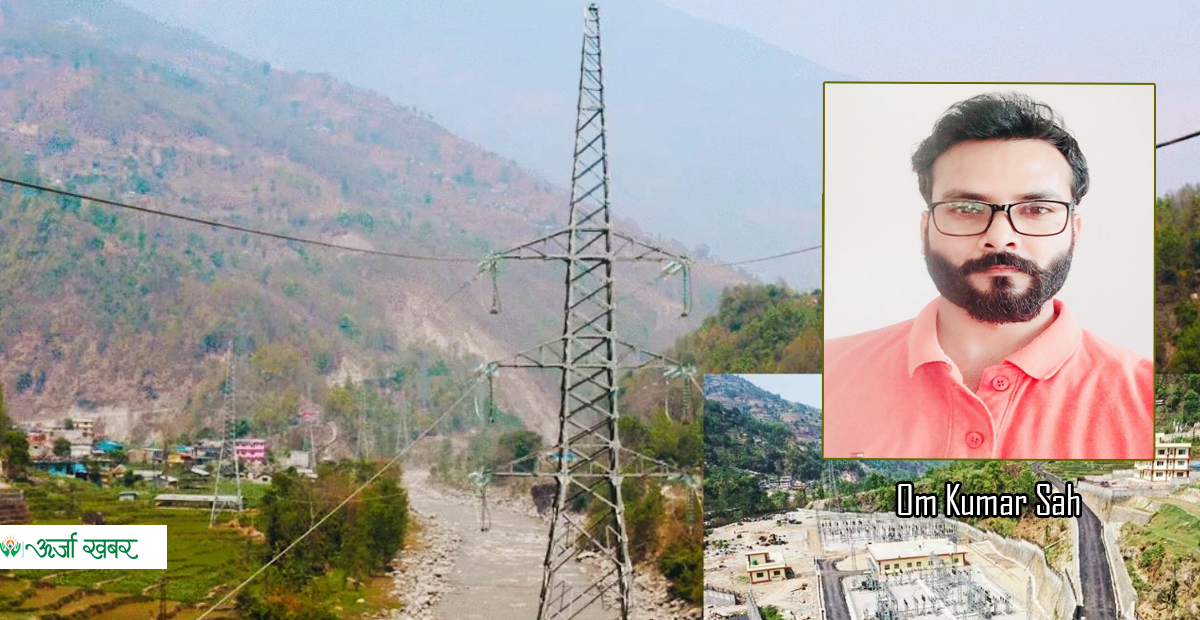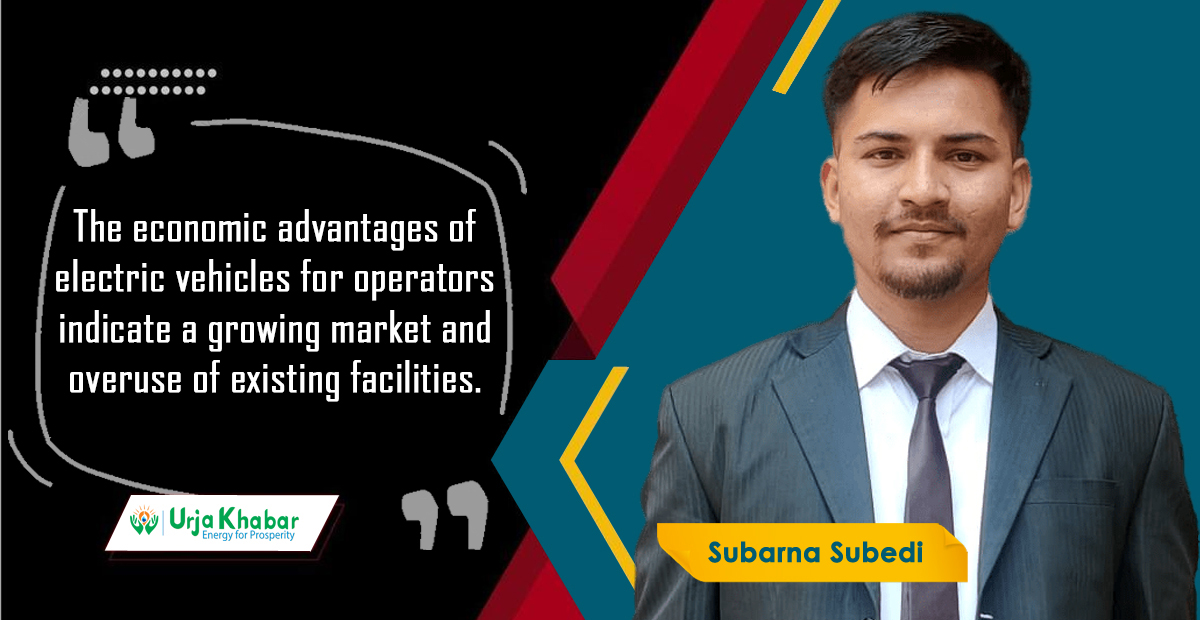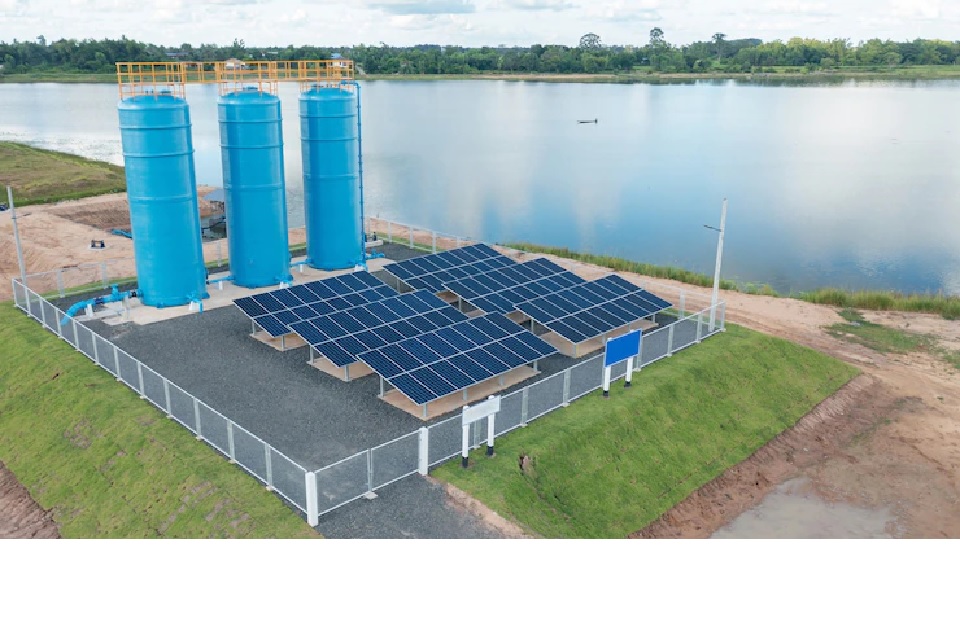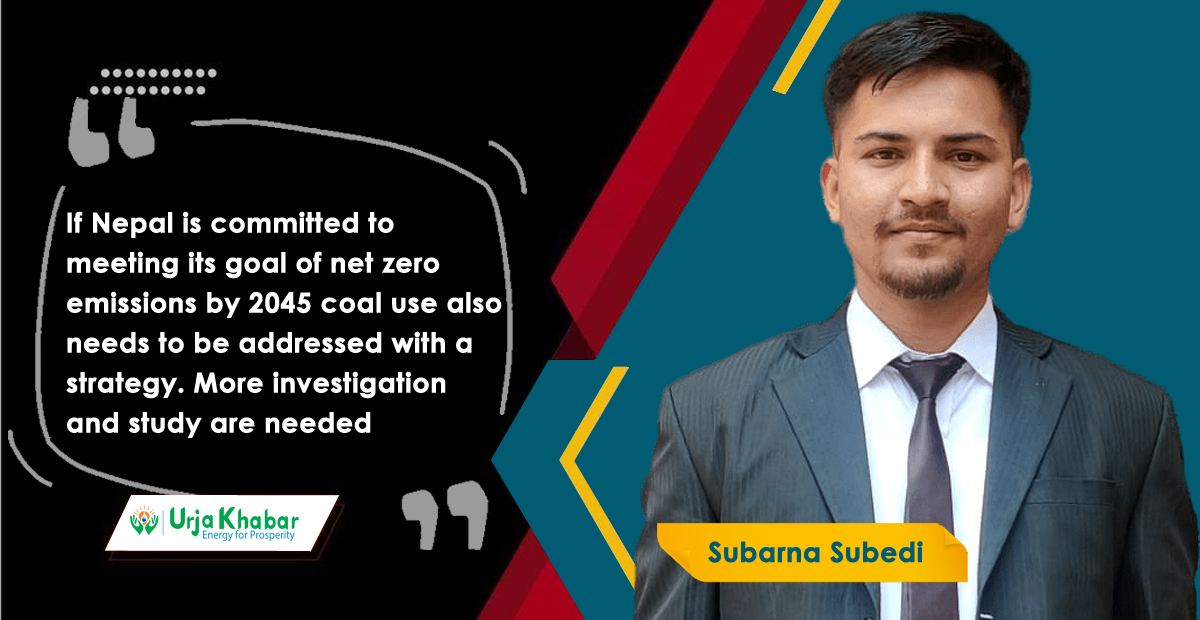Energy Update
Construction Challenges of Transmission Lines

KATHMANDU; Transmission lines are the cables through which the energy travels hundreds of miles in complex terrain from the site of power generation to the substations. It is an important part of the power system. It carries a principal amount of power. The major role of a transmission line is to transmit electric power from the source area to the distribution network. The requirement for power and its allegiance has grown up exponentially over the modern era. In the context of Nepal, the construction of high-capacity transmission lines has become an epicenter for addressing the rising energy demand.
The explosion between limited production and a tremendous claim of energy has grown the focus on minimizing power losses. Concerned major losses are transmission losses including technical and nontechnical losses, and also conjecture factors causing physical losses. Another primary factor is its reactive power and high voltage deviation is momentous in the long-range transmission power line.

With the NEA declaration of construction of 23 high-capacity power transmission lines, the government has given high priority to their construction. In the fiscal year 2077/078, a total of 4874 km of the transmission line was constructed which is 604.74 km more than the previous fiscal year. In the previous few years, it has been seen that the Novel Coronavirus as a pandemic has badly affected the supply chain of availability of human resources and materials in the construction of Transmission Line projects which lead to the delay and huge losses. The transmission Line is one of the most important aspects of the Hydropower sector but the construction of a power transmission line is not an easy job, it comes along with many challenges.
Major Challenges

1) Climate
As Nepal has tremendous geographic diversity within a small horizontal distance. Most of the hydropower located in the Northern part of Nepal as the source of water is originated from higher elevation,
The various sites of this project are spread out presenting a wide range of elevation and climatic conditions from as little as ~100 m above msl to ~3,000 m above msl. Climatic conditions vary from the tropical heat to freezing cold. Due to difficulties of weather it become hard for workers to work continuously and also its taking more time to set the concrete in foundation which leads to delay. Generally in the high elevation areas, due to snow, fog, long duration of rain, hail fall etc results in slow down workers and machinery.
2) Access
This is also another major challenge for Transmission Line. Transmission lines are generally located in hilly terrain to connect the generated power from the powerhouse to the sub-station. Some tower locations might be in difficult terrain so that may not be easy access to reach and transport materials. We may take the example of the Dhungesanghu substation site which is only available for a few dry months a year.
Similarly, tower 12 of the Rasuwagadhi Hydropower Project is also located at a place that is tough to reach and transport. It takes 3 hours by walking from the road to reach the site with a risky highly elevated narrow footway. One other example is tower 9 of Sanjen Hydropower which also is far away located from the motorable, forced the need to go on footway.
3) Transportation of material to the site
Due to difficult geography transportation of construction materials is tough to reach to access roads near to site location. Some time it become mandatory to open the new track, which leads to the increase in cost and also increases risk of accident of vehicles due to soil settlement, slippery, land slide on road.
4) Head loading
From the access road, it may take time to transport materials to the construction site. Generally, transmission sites are located in hilly areas and the walkway also may not be available and in such a case we can use manual head loading or mules can be used to transport material which may carry 30-50 kg at a time. It takes time to reach the site location.
5) Difficulties in Excavation
Maximum tower is located at locations where the access road won’t be reached, so there is no other option other than manual excavation. Due to non-availability of latest equipment and lack of trained manpower it takes more time to excavate and leads to accidents as well. Unpredictable situations may occur during excavation. In tower 33 Of Rasuwagadhi Hydropower, large mass of land with large stone felled during excavation, no any casualties happened as proper precautions and safety measures were taken by workers then the same was excavated again.
6) Foundation Soil Type
As foundation work is non-predictable, actual soil type might be different during work than previously adopted, take time for redesign and increase difficulties. In tower 2 of Sanjen Hydropower, one leg settled after few months from concreting, which was re-excavated till the hard rock found and re-constructed.
7) Difficulties of availability of water for concrete and curing
Water is not easily available to all sites. It may need to be carried from the river or delivered by using pipes from a long distance sometimes distance may be in kilometers.
8) Personal Risk
During manual excavation it needs high protection, precautions and Protective Equipment’s, but as main contractor generally do sub contract with local petti contractor. It will increase risk of injury even death due to non-availability of required training to local manpower.
9) Design Issues
Initially design
10) Weather Condition
11) Disaster like landslides, direct landfall, flooding in nearby streams -
12) Permission issues
13) Land Acquisition -
14) Social Issues
As we faced and have many experience of project time extension and their consequence on increased budget and ultimately leading to human resources, socio-economic and financial losses. In any Transmission line projects for developing and making mangers prepared to have successfully completion on time within estimated budget and to make social and financial benefit of country, it is very necessary to have pre-discussion on current and predicted challenges may come in future which helps to find better solution to counteract the challenges before it comes.
Sah is a Senior Structural Engineer, Chief, Transmission Line Section; Rasuwagadhi Hydropower Company Limited
Conversation

- Info. Dept. Reg. No. : 254/073/74
- Telephone : +977-1-5321303
- Email : [email protected]













